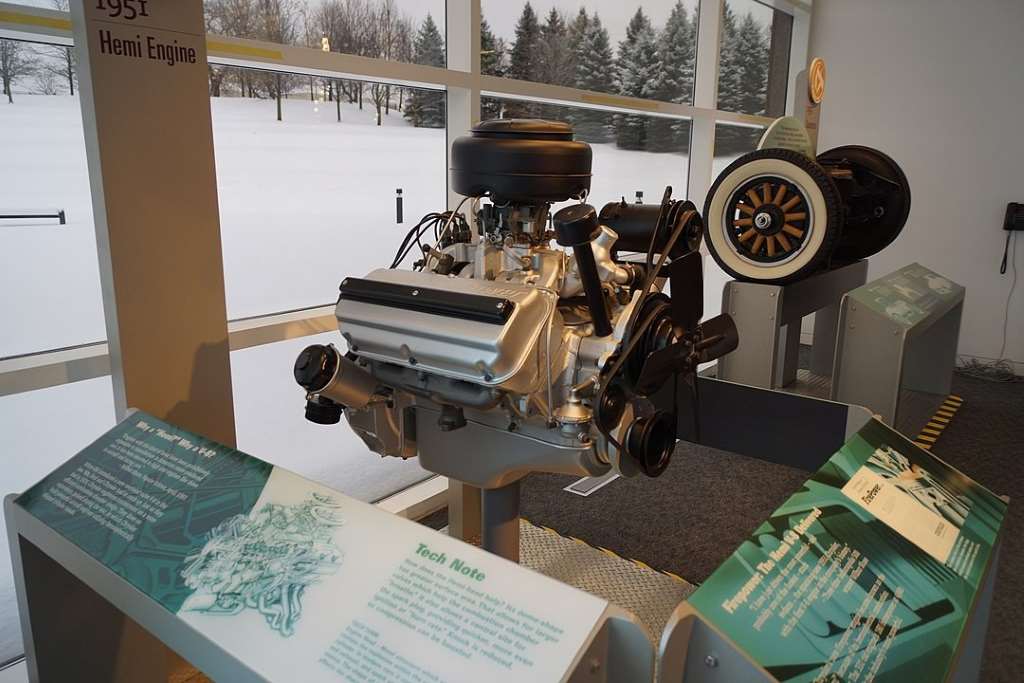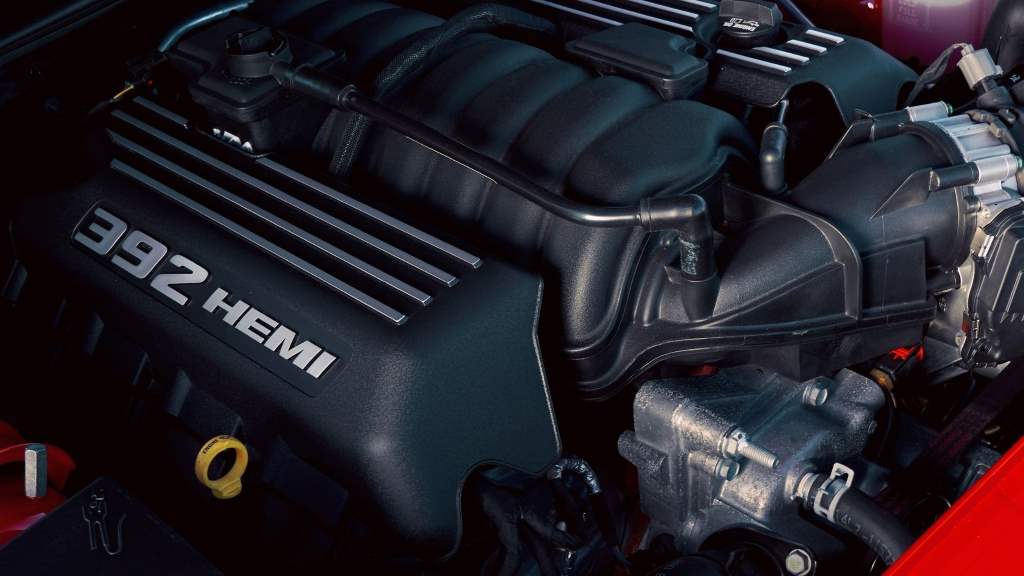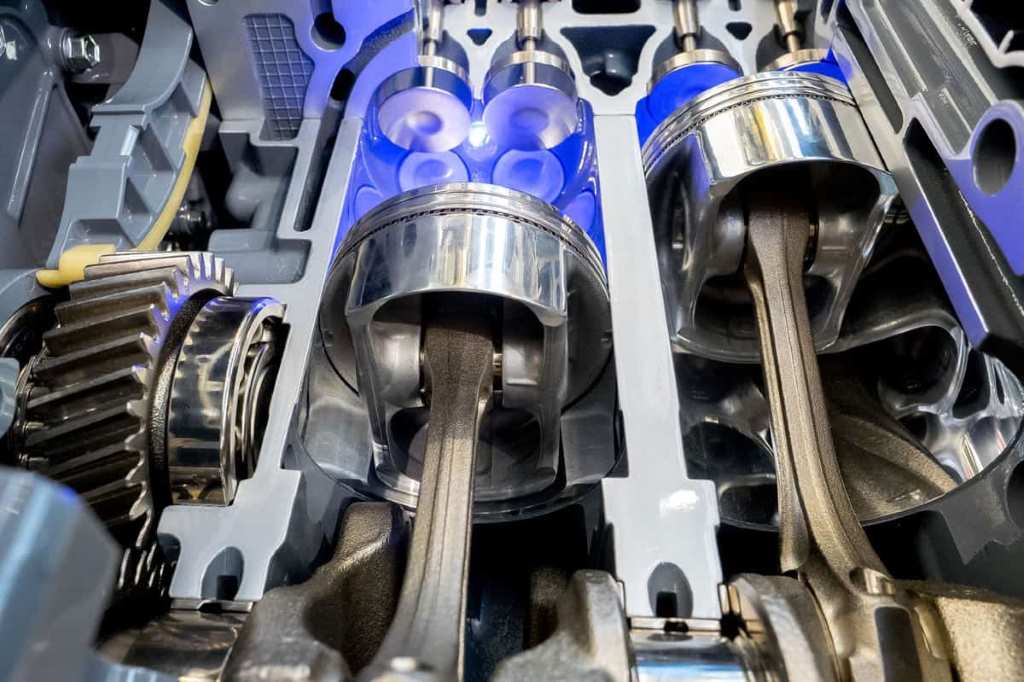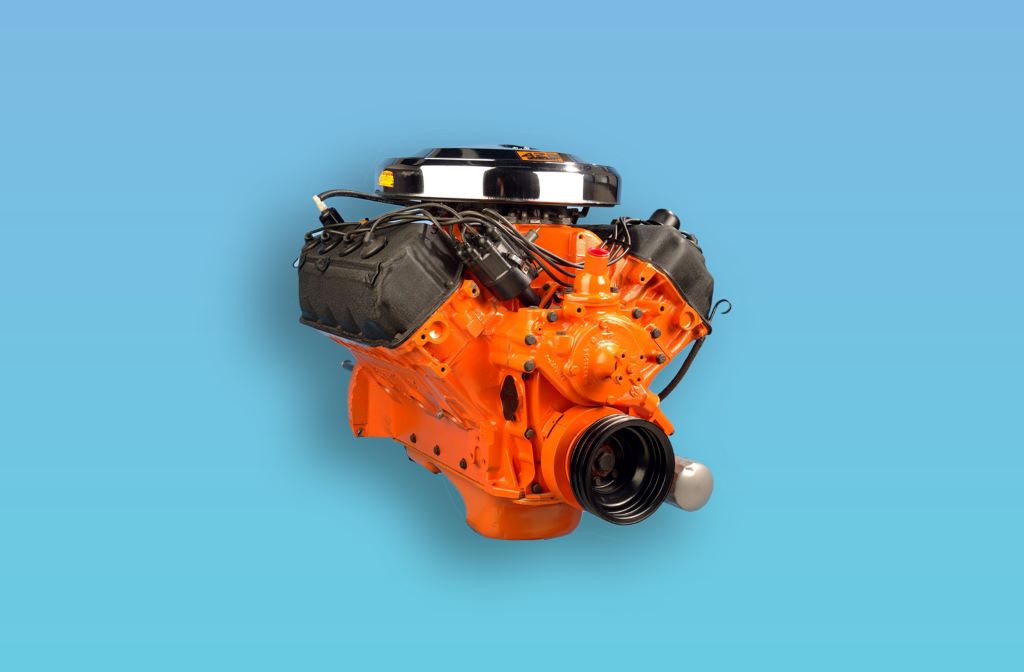When it comes to powerful and high-performance engines, the term “Hemi” often comes up. It has become synonymous with speed and strength, but what is a Hemi engine, and what makes it different from other engine designs?
In this article, we will delve into the basics of Hemi engines and how they work, as well as explore their history, advantages, disadvantages, and their impact on the automotive industry.
Contents
What Is a Hemi Engine?
The term “Hemi” is derived from the word “hemispherical,” referring to the unique shape of the combustion chamber in the engine.
In a Hemi engine, the combustion chamber is dome or hemisphere-shaped, unlike conventional flat-headed engines. This design allows for improved airflow and more efficient burning of the fuel-air mixture.
The History of Hemi Engines
The concept of the Hemi engine dates back to the early 20th century when engineers recognized the potential benefits of the hemispherical combustion chamber.
Chrysler was one of the first automakers to popularize the Hemi engine in the 1950s. Their legendary 426 Hemi engine became an icon in the world of motorsports and muscle cars.
Harry Westlake, who created a HEMI 6-cylinder engine for Jaguar, utilized the first real HEMI engine in 1948. The 180-horsepower HEMI engine was later introduced.

The 180-horsepower engine may seem less popular today, but it was a major deal in the 1950s. Following the introduction of the HEMI engine, an engine with 425 horsepower was released in 1965.
What Type of Technology is Used On The Hemi engine?
Along with the notion of what is a hemi engine, let’s find out what type of technology is used on this engine!
The hemisphere shape was chosen to maximize the efficiency of the combustion engine while preventing heat from escaping from the chambers. Furthermore, the head allows for the presence of two chambers, when before just one was employed.
The technique employed in this is a crossflow head design, with the intake valve on one side and the exhaust valve on the other side.
To provide an appropriate compression ratio at the piston crown, the cylinder head is domed at the top. Obtaining an appropriate compression ratio is critical since it is one of the most significant components of the engine and the car’s operation.
How Does a Hemi Engine Work?
A Hemi engine operates on the four-stroke cycle, just like any other internal combustion engine. Let’s look at each stage of the four-stroke cycle in a Hemi engine:
Intake stroke
During the intake stroke, the intake valve opens, and the piston moves down the cylinder. This creates a vacuum, and the air-fuel mixture is drawn into the combustion chamber.
Compression stroke
In the compression stroke, both the intake and exhaust valves are closed. The piston moves up the cylinder, compressing the air-fuel mixture in the combustion chamber.
Power stroke
When the air-fuel mixture is compressed to its maximum, the spark plug ignites it. This ignition causes a controlled explosion, and the rapidly expanding gasses push the piston down, generating power.
Exhaust stroke
During the exhaust stroke, the exhaust valve opens, and the piston moves up the cylinder again. This pushes the burned gasses out of the combustion chamber and into the exhaust system.
Advantages of Hemi Engines
We have just gone through some information explaining what is a hemi engine and how it works. Let’s follow along for the engine
Increased efficiency
The hemispherical combustion chamber allows for better combustion, leading to increased efficiency and power output.
Improved performance and fuel economy
Due to the efficient burning of fuel, Hemi engines offer superior performance and acceleration.
Also, Hemi engines can achieve good fuel economy, especially during highway cruising, thanks to their design and advanced technologies.

Enhanced airflow
The hemispherical shape promotes better airflow, resulting in improved breathing for the engine and better overall performance.
More space for valves
The primary challenge that previous engine manufacturers encountered was a lack of space to accommodate the valves, which resulted in low engine efficiency.
The HEMI engine manufacturers solved this problem by increasing the size of the valves and allowing more space between them, resulting in an effective airflow system.
Better angle
The HEMI engines have an additional angle because the overall diameter of the valve is enlarged, which surpasses the bore size owing to the overhead valve configuration.
Earlier variants had chambers positioned side by side, limiting ventilation. This constraint was overcome by the introduction of HEMI chambers, which offered adequate space.
Disadvantages of Hemi Engines
Complex design
The design of Hemi engines is more intricate and challenging to manufacture, making them expensive to produce.
Cost
Because of their complexity and performance benefits, Hemi engines are often found in high-end and performance-oriented vehicles, which come at a premium cost.
Emissions
Hemi engines may produce higher emissions due to their increased power output, requiring manufacturers to employ advanced emission control technologies.
Heavy valves
While we can’t argue with the improved location of the valves and spark plugs in a HEMI engine, the valves do have the disadvantage of being quite heavy. Because of the increased weight of the valves, it needs more power to function, which raises the cost of the engine.
Oversized combustion chamber
The vast size of the combustion chambers, which demands large engine space, is why HEMI engines are employed in strong vehicles and muscle cars; as a consequence, they are only suitable for racing automobiles.
Because streetcars cannot accept such engines, their employment is confined to a certain type of vehicle.

Popular Hemi Engines in the Automotive Industry
Let’s delve into the details of the popular Hemi engines in the automotive industry:
The Legendary 426 Hemi
The 426 Hemi, developed by Chrysler, stands as an enduring icon within the realm of automotive history.
Introduced in the 1960s, the 426 Hemi gained immediate acclaim due to its unique hemispherical combustion chambers that allowed for optimal airflow and combustion efficiency.
This design led to exceptional power output and performance capabilities, particularly in motorsports. The engine became legendary on the drag strips and NASCAR tracks, dominating competitions and cementing its place in the annals of motorsport history.
The 426 Hemi’s reputation was further enhanced by its scarcity; it was produced in limited numbers, primarily as an option for high-performance vehicles.
This exclusivity, coupled with its exceptional performance, contributed to the engine’s mystique and desirability among collectors and enthusiasts alike.
Modern Hemi Engines by Chrysler
Chrysler, building upon the legacy of the original 426 Hemi, continues to manufacture modern Hemi engines that power their lineup of high-performance vehicles and trucks.
These contemporary Hemi engines combine cutting-edge technology with the classic Hemi design philosophy to deliver both impressive power and improved fuel efficiency.
The modern Hemi engines feature advancements like multi-displacement system (MDS) technology, which enables the engine to deactivate some cylinders under light load conditions to enhance fuel economy without sacrificing overall performance.
This integration of modern engineering with the timeless Hemi architecture showcases Chrysler’s commitment to blending tradition with innovation.

What is The Difference Between a HEMI Engine and a Standard V8 Engine?
For starters, the HEMI engine’s hemispherical form improves thermal efficiency and also aids in airflow intake because of the huge storage capacity. Whereas a regular V8 engine failed to meet this criterion due to a lack of airflow intake, resulting in low efficiency.
Second, the HEMI engine has chambers that are side by side, allowing simple access to the gasses for intake and exhaust. The normal V8 engine had chambers that were side by side, limiting this potential.
Third, the position of the spark plugs, which are placed inside the chamber, benefits the combustion process and aids in the maximum ignition possible.
FAQs on The Hemi Engine
-
What is the meaning of “Hemi” in a Hemi engine?
The term “Hemi” refers to the hemispherical shape of the combustion chamber in the engine.
-
Are all V8 engines Hemi engines?
No, not all V8 engines are Hemi engines. The Hemi design is just one type of combustion chamber design used in some V8 engines.
-
Which automaker first introduced the Hemi engine?
Chrysler was one of the first automakers to popularize the Hemi engine in the 1950s.
-
Can I upgrade my existing engine to a Hemi engine?
It is possible to install a Hemi engine into some compatible vehicles, but it is a complex and costly process that may not be practical for all situations.
-
How does a Hemi engine sound different from other engines?
Hemi engines are known for their distinctive deep and throaty sound, which is a result of their unique combustion chamber design and firing sequence.
-
How much power does a Hemi have?
That is dependent on the precise Hemi engine you select. Hemi engines, on the other hand, can produce anything from 450 to over 1,000 horsepower for the Chrysler 426 Hemi.
Check out this video from Donut – Up To Speed for more insight on a legendary Dogde Hemi engine!
Conclusion
You may now have your answer for the question of what is a hemi engine. While Hemi engines have a rich history and a strong presence in the automotive industry, their complex design and higher cost also pose challenges.
Nevertheless, they remain a symbol of power and performance for many enthusiasts and continue to influence the world of racing and high-performance vehicles.



